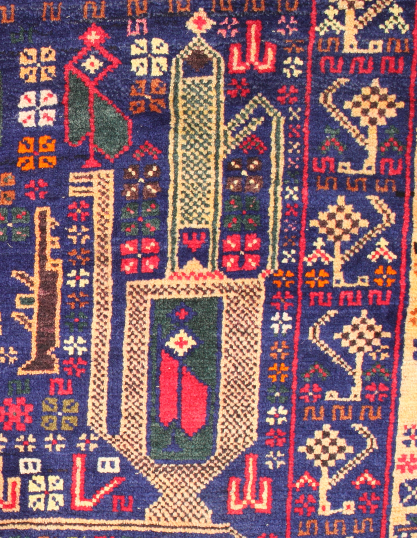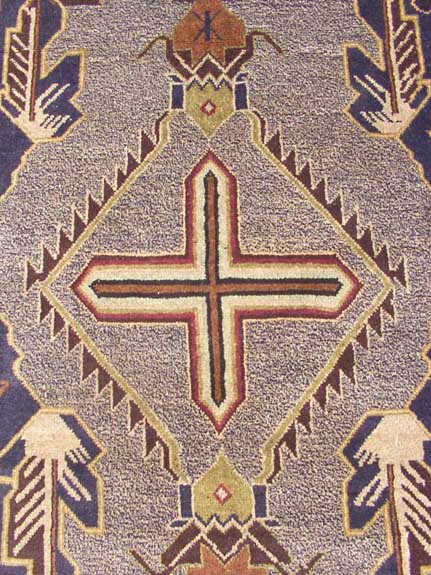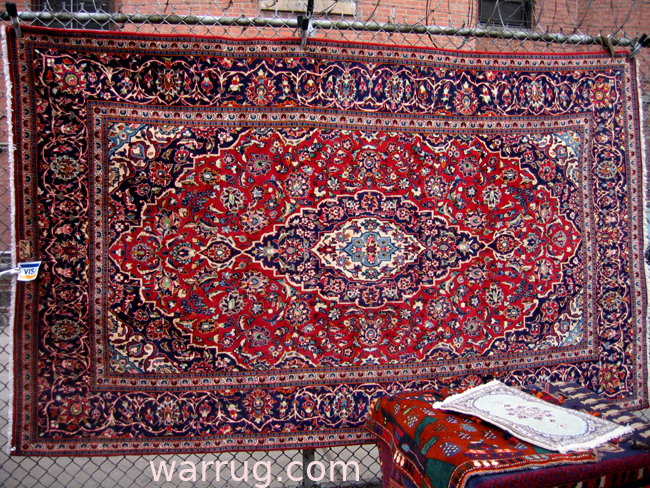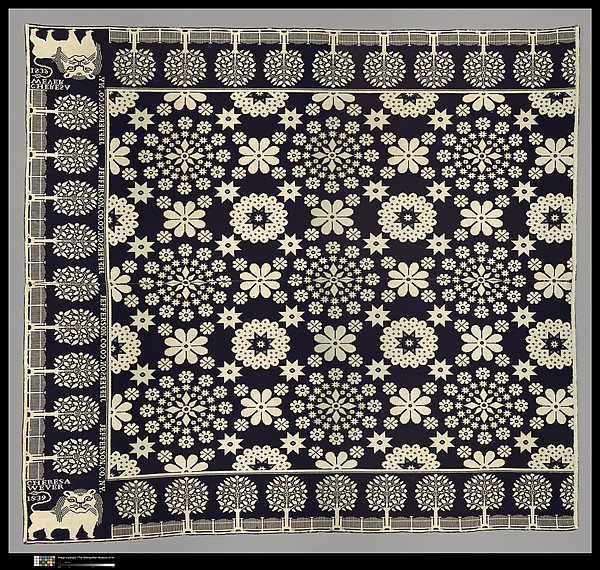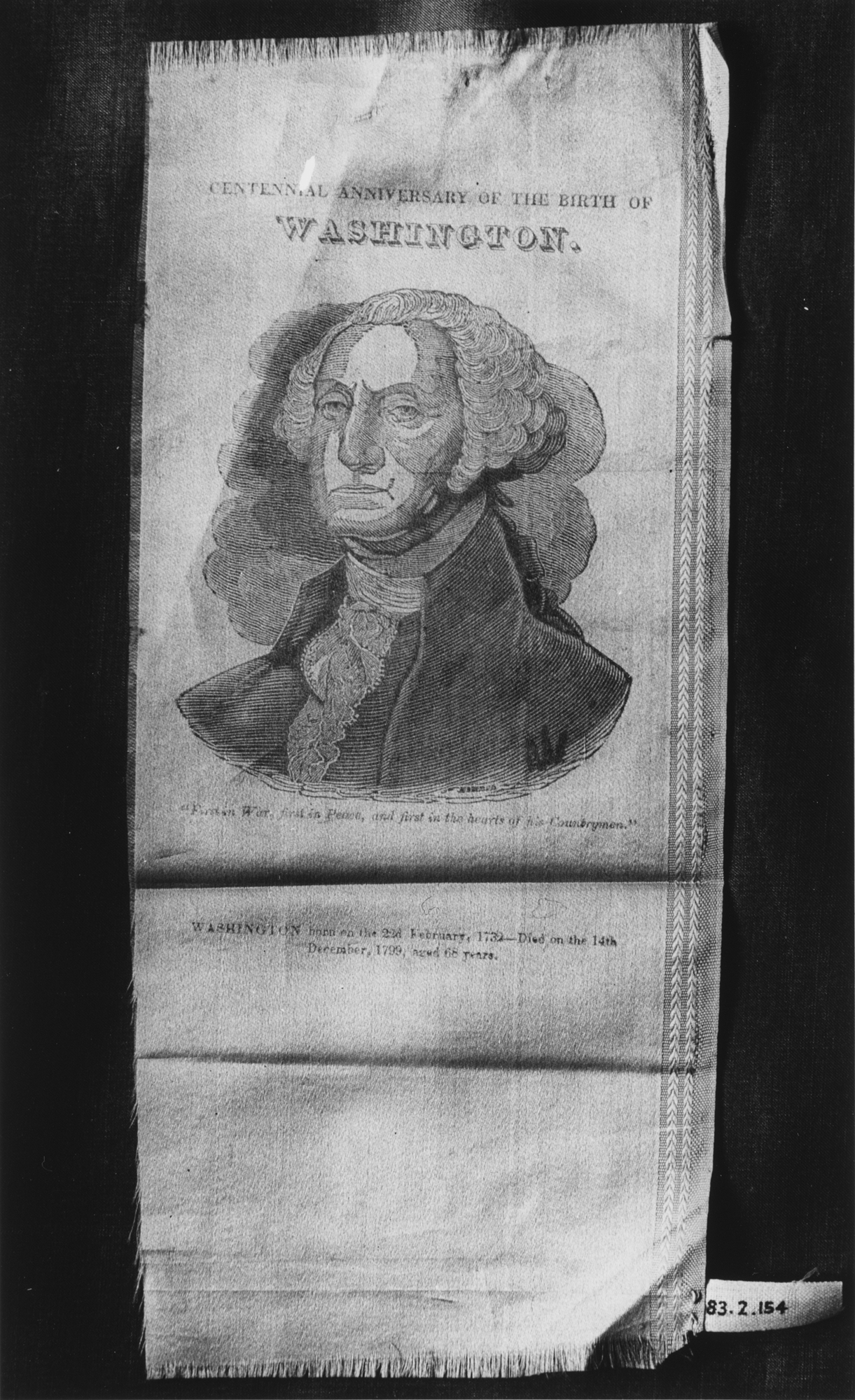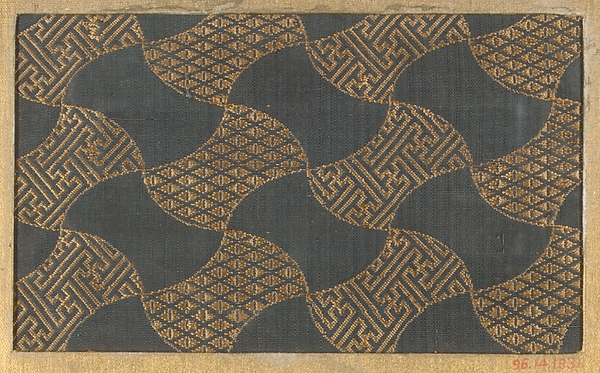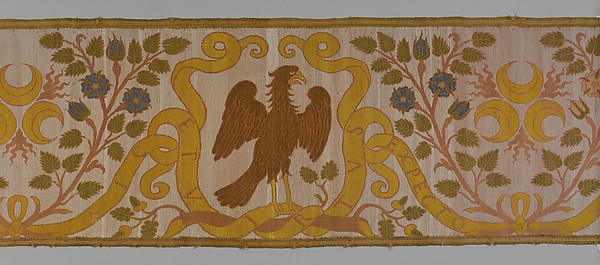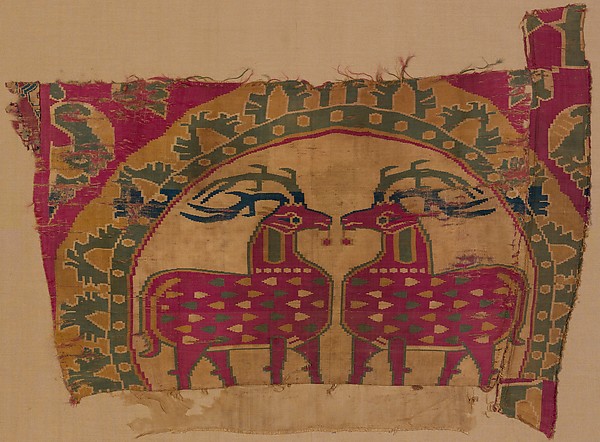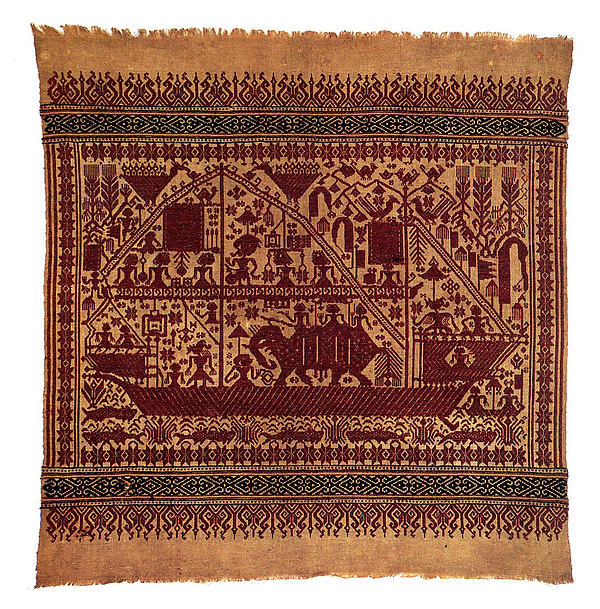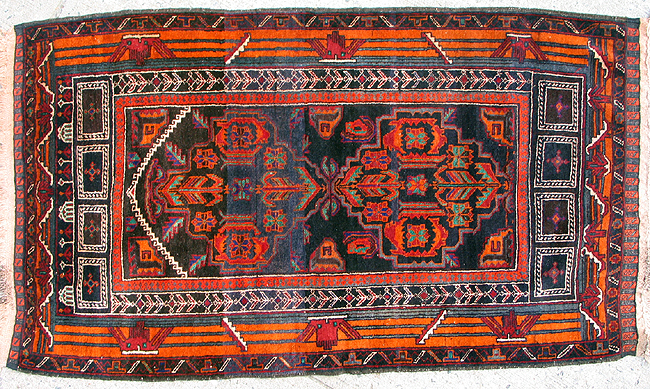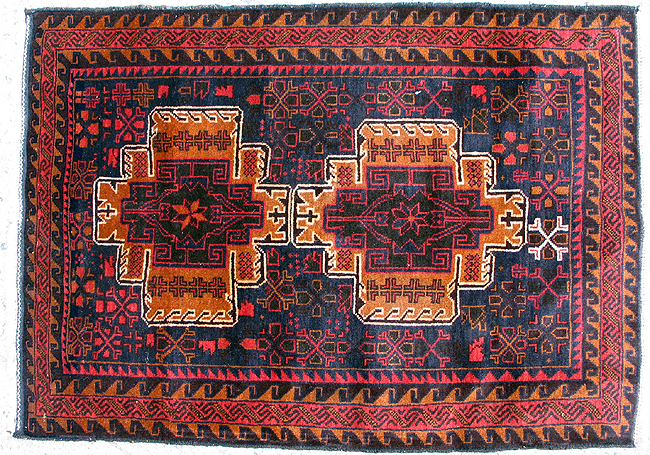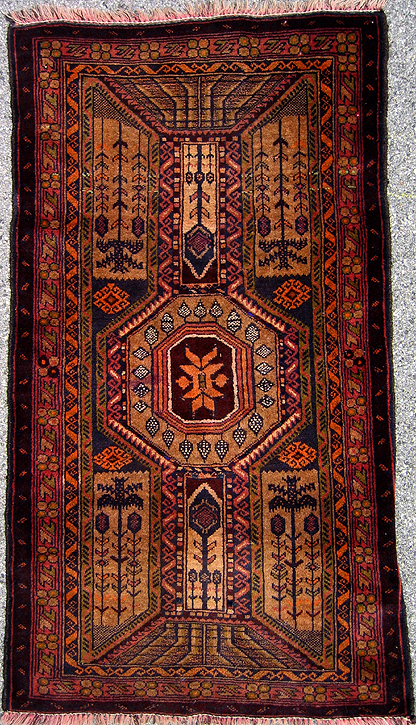I received an excellent question from our contact form recently about the lack of Red Rugs available for purchase on warrug.com lately. Below is was my response:
Your question about Red Rugs is a good one. Red Rugs were woven by refugees, primarily Turkmen, in Pakistan during the 1990’s. Since the US forced the Taliban from power in 2001 Turkmen refugees have been returning en masse to their traditional homes in Afghanistan, largely because ISAF offers them sufficient protection from the Taliban ethnic cleansing which drove many families to Pakistan during the 1990’s.
The effects of the Turkmen weavers returning to their homes in Afghanistan is, primarily, two fold. First, as refugees, if one was an engineer, one wove carpets. If one was a doctor, one wove carpets. Now the doctors and engineers are returning to their professions, so there are less weavers available to weave any type of rug. Secondly, many Turkmen weavers who wove Red Rugs in Pakistan are now weaving traditional designs or new variations of traditional designs (Khul Mohammadi mostly).
Much of the Pakistan production has moved to Afghanistan (Khul Mohammadi, Kazak, Vegetable Dye ‘Peshawar’) with the returning weavers, but not Red Rugs. I have not seen any Red Rugs produced in Afghanistan since 2001. In short, there is no more supply of Red Rugs. Occasionally I find a few Red Rugs and I post them, but they are scarce.
Lastly, this elimination of a design is not unique to Red Rugs, yet it continues to surprise me. Almost every war rug “pattern” has its moment of production, which then fades or stops. What is freely available one year, is totally unavailable the next year. Soviet Exodus rugs are one example and WTC rugs to a lesser degree.
Again, thank you for your question. Please write back if you have any further questions or comments.
